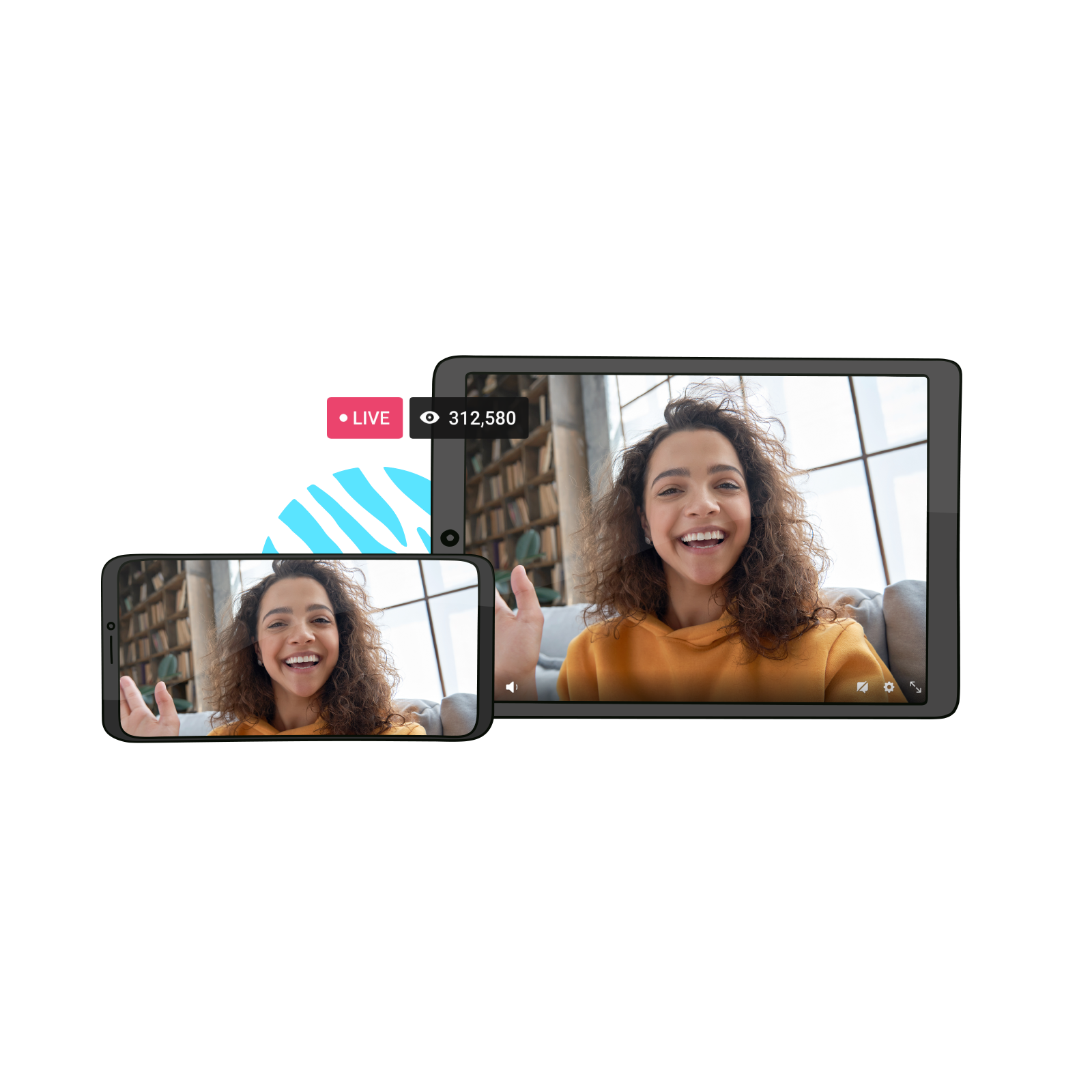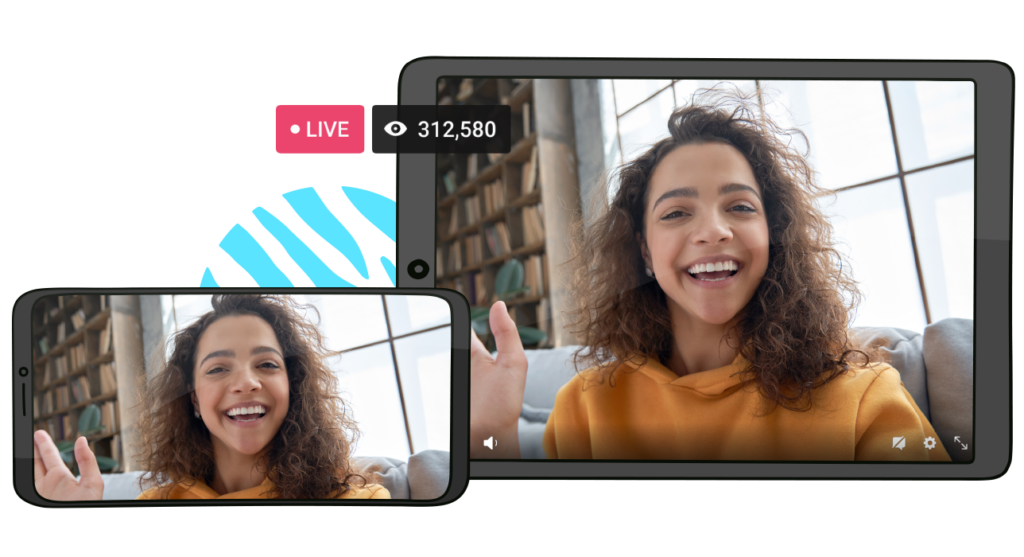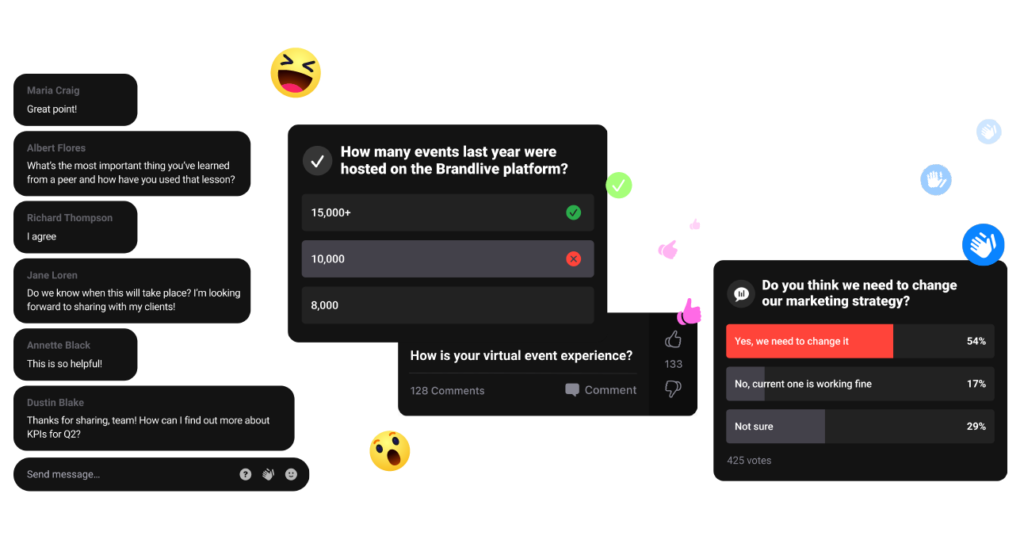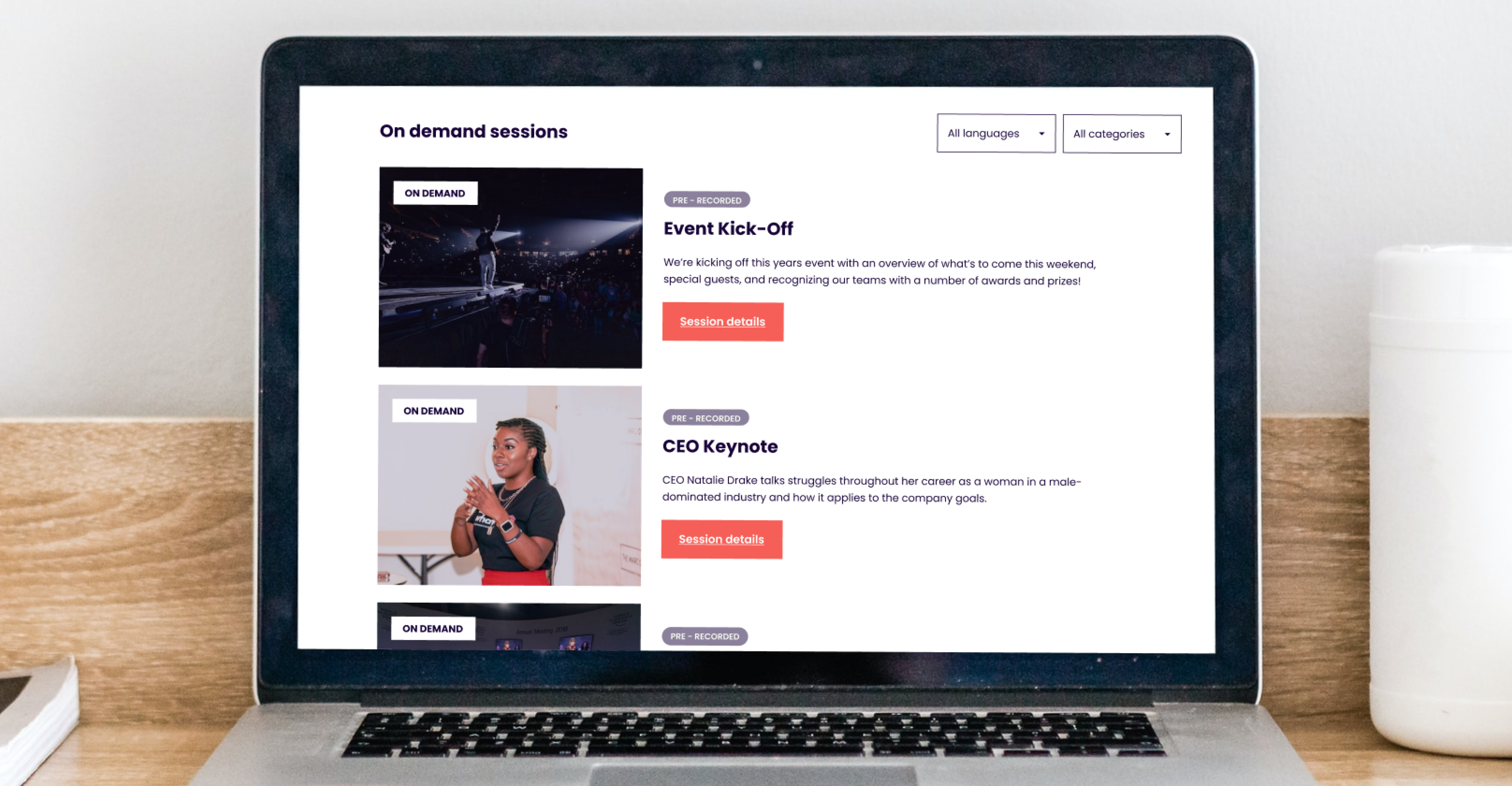
Brandlive’s CEO Discusses How Innovative Event Planners Find Inspiration from Hollywood
Today's innovative event planners are using tricks from Hollywood producers to create memorable experiences online.

We’ve all learned a few things in the last 12 months. Like much of the workforce, you probably shifted quickly to remote work in early 2020. Using your everyday video meeting software, your team adapted.
When it comes to online events that aren’t “meetings,” however, you may have hit a wall. A Harvard Business Review (HBR) article entitled, “What’s Your Organization’s Long-Term Remote Strategy?“, says that “leaders planning for a post-pandemic future have an opportunity to take a more intentional, strategic approach to remote work.” In addition, authors reported that “virtually all projections anticipate the post-pandemic workforce will be relatively more remote—that is, nearly all firms will experience an increase in remote work relative to their pre-pandemic baseline levels.” One important aspect of that remote work is larger events, from town halls to award ceremonies to industry conferences.
When we think about how to leverage remote work experiences to plan ahead for a remote and hybrid workforce, the good news is: There is much to leverage. When it comes to larger virtual events, leaders were surprised to learn they offer new ways to engage with audiences across the board—employees, teams, clients, consumers and more.

Increased reach
Virtual helps you reach and engage with a more geographically dispersed audience, and allows more flexibility in your run-of-show.
Decreased cost
With some still reticent to travel, the virtual format may help you land that big-name presenter. Dynamic presenters who are able to connect with the viewers increase engagement for sure. You may also consider a surprise appearance from a celebrity or notable guest.
For events with a longer guest list that your organization traditionally hosted in person, now is a good time to revisit best practices. Fortunately, 2020 also saw an increase in both the number and the quality of online event platforms designed specifically for large, important events. These SaaS tools have helped organizations across industries get their message across more effectively than with an “everyday meeting tool.” How? One word: engagement.

Here are three foundational factors for a stand-out virtual event that will keep your guest engaged.
From there, keep your audience active and engaged by incorporating interactive elements throughout. Interactive elements can come in all different shapes and sizes. Examples include:
To successfully execute on your engagement strategy, choose an event platform that has specific engagement features you need. (Those features are presented in detail below.) Ask vendors: “What features does your platform offer that are proven to promote audience engagement? Can you show me use cases?”
These “engagement features” ideally appear on the same “event page,” so that guests do not, for example, navigate away from the video event to chat with each other. They offer your guests additional opportunities to learn, interact and be heard. And if you’re interested in capturing data on how your guests interact with these features, be sure to ask if the event platform captures that data and can easily integrate it into your CRM.
Depending on the features your event platform offers, there’s room to be creative here and surprise your guests with the various ways they can connect with each other, your presenters, your event page content and your brand.
Encourage audience participation early and often. Audience participation may look differently than you think when you consider new features on the most innovative event platforms. Some top engagement features to consider are:
The HBR research above emphasized the importance of conscious engagement, saying, “research indicates that even small amounts of high-quality social interactions, such as those demonstrating compassion or concern, can lower stress and improve well-being.” So, no matter how you build in engagement to your virtual event, it’s a way for your virtual event guests to feel more a part of the whole event experience.
Table of Contents

Today's innovative event planners are using tricks from Hollywood producers to create memorable experiences online.

Understand which strategy you need during your next event so you can increase B2B and B2C audience engagement.

Start building your virtual event run of show with these best practices we’ve developed from producing thousands of events.